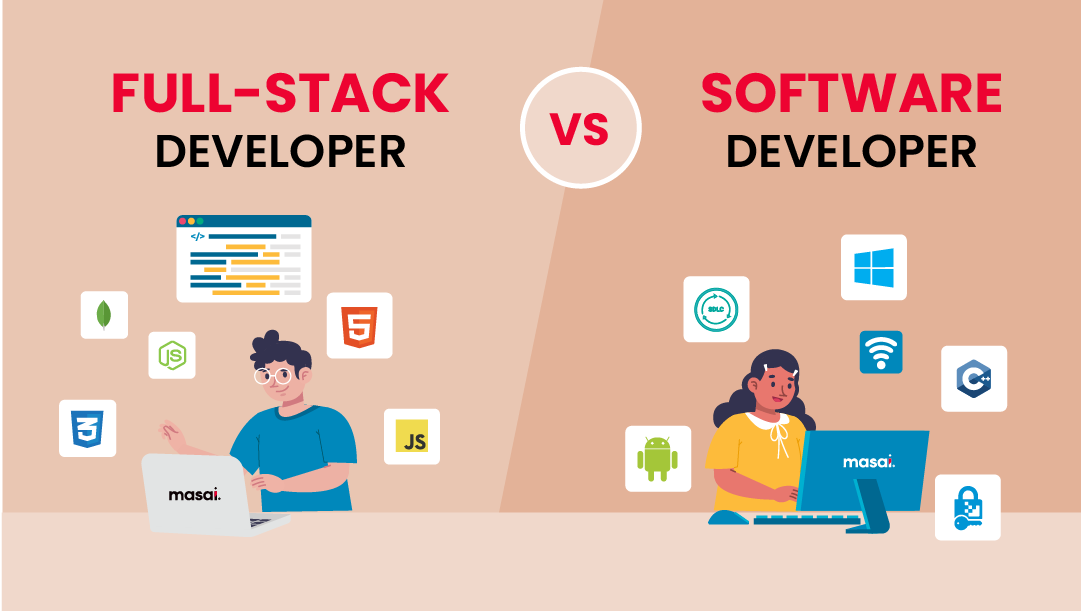Discover the Advantages of Nearshore Software Development for Your Team
Discover the Advantages of Nearshore Software Development for Your Team
Blog Article
Devoted Developers vs. In-House Teams: Which Is Right for You?
The decision in between making use of devoted designers and preserving an in-house team is a considerable one that can influence the trajectory of your tasks and overall service method. Conversely, internal teams add to a natural firm culture and a nuanced understanding of lasting objectives.
Recognizing Devoted Designers
The growing need for specialized abilities in the technology industry has actually led to the emergence of dedicated programmers as a practical service for several companies. These specialists are typically gotten on a task basis, enabling business to utilize particular proficiency without the long-term commitment related to permanent hires. Devoted designers are commonly ingrained within a customer's group, giving adaptability and scalability to satisfy job demands.
This version allows organizations to access a worldwide ability swimming pool, which is specifically advantageous in a quickly evolving technological landscape. Devoted developers can be sourced from various geographical places, making sure that companies can discover the best capability at affordable rates. They frequently bring a riches of experience and expertise, having actually functioned on varied jobs across various markets.
In addition, dedicated designers can concentrate solely on the jobs at hand, enhancing efficiency and efficiency. They are geared up to incorporate effortlessly right into existing process, teaming up very closely with internal teams to attain project purposes. This technique not just minimizes the worry of employment and training however also enables companies to continue to be agile, adjusting promptly to transforming market needs and technological innovations.
Advantages of In-House Teams

Furthermore, internal groups often tend to have a deeper understanding of the business's objective, values, and goals. This alignment can enhance staff member interaction and motivation, as team participants feel more linked to their job and the company's success. Additionally, having a dedicated in-house group permits for far better placement of techniques and purposes, as these participants are regularly concentrated on the firm's priorities.
Internal teams additionally facilitate quicker decision-making processes, as they can respond a lot more swiftly to modifications and difficulties. The well established relationships and familiarity with business procedures permit streamlined operations and decreased miscommunication. Eventually, the mix of a cohesive society, placement with business goals, and reliable communication makes internal teams an important asset for many organizations, especially those seeking to cultivate long-term growth and advancement.
Cost Considerations
When reviewing price considerations, both dedicated programmers and internal teams existing distinct financial implications for organizations. Involving specialized designers normally involves a pay-per-project or hourly rate design, which can be cost-effective for services with fluctuating job needs. This strategy allows for flexibility in scaling resources up or down, guaranteeing that business only pay for the services they need.
On the other hand, internal teams entail dealt with prices, including salaries, benefits, and overhead expenses such as office and tools. While this model uses higher control and instant accessibility of resources, it may lead to greater lasting expenditures, specifically if the work does not validate a full-time team.
Moreover, business should take into consideration the concealed costs connected with employment and training of in-house staff members, which can additionally strain spending plans. Sometimes, the time and resources spent on taking care of an in-house team can diminish the company's core organization objectives.

Task Management and Flexibility
Job administration and versatility are important variables that affect the choice between internal groups and committed programmers. Devoted groups commonly have actually developed processes for managing projects properly, leveraging specific techniques he has a good point like Agile or Scrum, which help with iterative progress and adaptability.

Inevitably, the selection between specialized programmers and internal groups depends upon the preferred level of versatility and the certain task management demands. Business have to evaluate their operational characteristics, task intricacy, and source availability to determine which option aligns best with their tactical goals.
Making the Right Option
Choosing the best growth strategy-- committed designers or in-house groups-- calls for a careful assessment of different aspects that align with a company's tactical objectives. software engineering staffing. Initially, take into consideration the nature of the project. If it demands specialized abilities or a fast scale-up, dedicated programmers may be much more suitable. Alternatively, internal teams can supply better connection and combination with existing employees.
Next, examine your budget. Committed designers frequently offer an economical solution for short-term tasks, while internal teams may sustain higher long-term costs as a result of incomes, advantages, and expenses costs. Analyze the level of control and partnership wanted; in-house teams commonly promote more powerful interaction and positioning with firm culture.
If immediate outcomes are needed, specialized designers can be onboarded rapidly, whereas building an internal team takes time for recruitment and training. If constant growth is important, investing in an internal team may produce much better returns over time.
Conclusion
In final thought, the choice in between in-house groups and committed developers hinges on project needs and organizational objectives. Alternatively, in-house groups cultivate a cohesive culture and deeper positioning with long-lasting goals.
The decision between utilizing specialized programmers and maintaining an in-house team is a significant one that can influence the trajectory of your projects and general company strategy.Job management and flexibility are important elements that influence the choice in between dedicated developers and internal groups. offshore software development.In comparison, internal groups may excel in keeping a consistent job monitoring structure due to their familiarity with the company's culture and long-lasting objectives. Devoted programmers commonly present an economical option for short-term jobs, while in-house groups might incur higher long-lasting costs due to salaries, advantages, official source and expenses expenses.In conclusion, the choice between dedicated programmers and in-house groups pivots on job needs and organizational purposes
Report this page